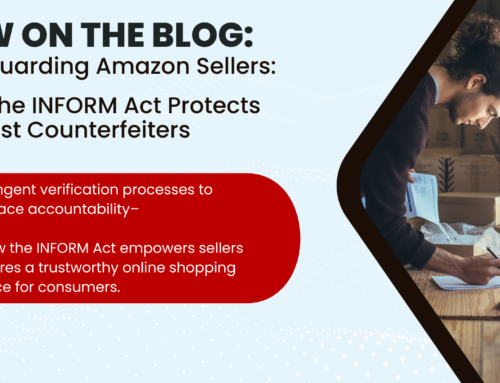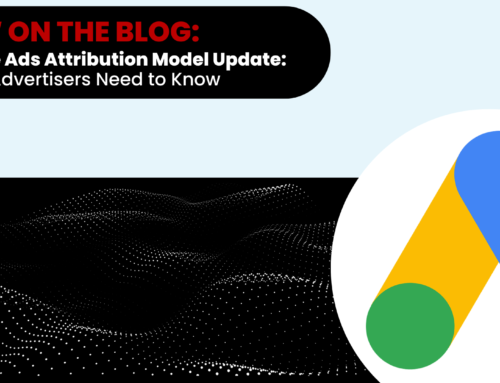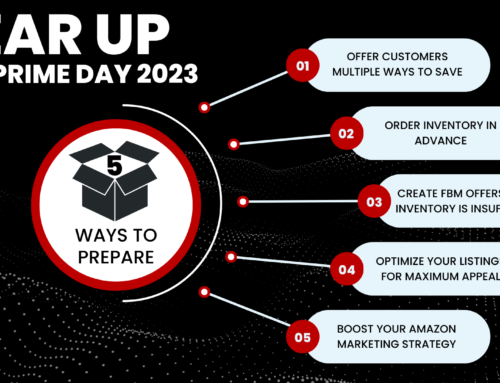According to Statista, as of December 2019 there were an estimated 112 million U.S. Amazon Prime subscribers. Many individuals prefer to only buy products that offer Prime, simply because of the convenience and two-day free shipping. But what does this mean to Amazon Sellers?
FBA stands for Fulfilled by Amazon. A solution that allows sellers to send their products in bulk to an Amazon Fulfillment Center and Amazon stores, packages and ships these items to the buying customer. They also provide a good amount of customer service so you don’t have to fuss with handling customer issues and returns. If this is something you think would be beneficial to your business, keep reading!
How does Amazon FBA work?
FBA is a service provided to Amazon Sellers. You will log onto your Seller account and follow simple instructions to add your products to FBA. The chart below briefly summarizes the way FBA works, but this blog will dive a bit deeper.
1. Set up FBA – If your products are already listed in your catalog as FBM, you can either convert them to FBA, or duplicate your listing letting one SKU be FBM and the other be FBA (the ASIN will remain the same for both.) From here on out you will need to manage your listings – including optimizing content, setting prices, uploading images, ensuring products are in stock, ect.
*Be aware when sending oversized items, fees may cost more due to special handling and the amount of space they take up at Amazon’s warehouse.
3. Amazon Stores Your Products – Once at the Fulfillment Center, you’ll pay a storage fee for Amazon to house your products until they are sold. Fees will also be based on how long your items remain there and how much space they take up. You can estimate fees using the Fulfillment by Amazon Revenue Calculator. Or check out Amazon’s fee schedule. Both are great tools to estimate your costs.
We will discuss fees in the following section.
4. Customer Purchases – If all is done correctly and your items are secured safely at the warehouse, Amazon handles the customers payment and transaction.
5. Amazon Packs and Ships Your Product – An Amazon employee will locate your item in the warehouse to start packaging and shipping your product, leaving a satisfied customer.
Understanding FBA Costs
There are many benefits to using FBA. Sellers must consider the costs of this service to determine if it’s the right route to take for their business. Amazon charges its fees on a per-unit basis. They use weight and size of the product to determine the fee.
To determine your costs, you will take these steps:
- Determine if your product is apparel or non-apparel.
- Determine if your product is standard size or oversized.
- Calculate shipping weight.
Below is a FBA fee chart for non-apparel items (standard-size):
Below is a FBA fee chart for apparel items (standard-size):
Below is a FBA fee chart for oversized items (both apparel and non-apparel):
Additional fees to consider:
- Labeling – Amazon applies barcode labels on a per-item fee
- Prep service – Amazon preps your inventory for storage on a per-item fee
- Repackaging – If an item is returned, Amazon will repackage to be resold
- Long-term inventory storage – When products are stored in an Amazon warehouse for longer than 365 days
- Returns processing – Whenever a customer returns the product
- Removal order – If Amazon needs to return or dispose of your inventory from their Fulfillment Center
- Oversize items – Have special handling fees per shipment
Final Thoughts…
A few final things to note when considering FBA.
- Helps you win the Buy Box.
- Amazon offers Global Export, so you can provide shipments worldwide. This allows you to reach further audiences.
- You will be able to enroll in ‘Subscribe & Save.’ Which allows buyers to automatically buy your product every few weeks or months, which Amazon then fulfills for you.
- Overall offers the buyer a more convenient shopping experience.
With all of this in mind, it ultimately comes down to what costs/fees you will be paying for Amazon to handle and store your products. If it is not feasible, it simply may not be the right choice for your business. Make sure to consider everything beforehand, and only utilize it as your fulfillment method if it fits well with your products.
Need help setting up FBA? Contact the experts! Our team of experts are here to help.
Join Us Each Week
Each week we will be providing insights and perspectives on the latest Amazon topics. We would love for you to join our chats!
Stay tuned —










